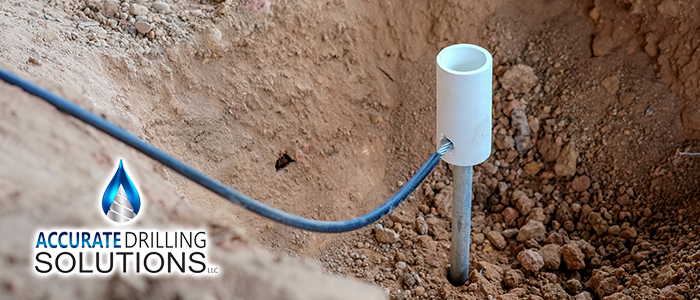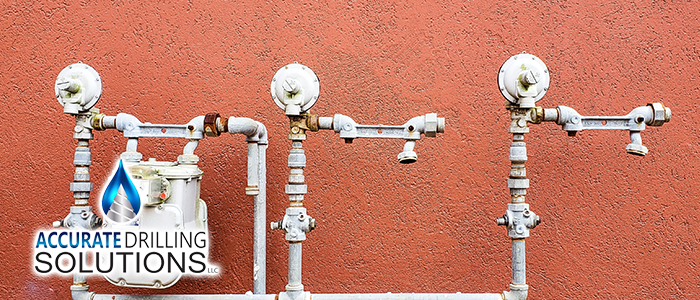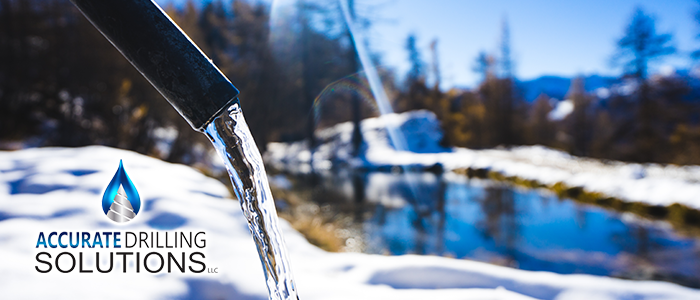
The idea that water is under our feet can be a strange one at first, especially since the ground is so solid. However, the truth is we can find water deposits under our feet around the world. These deposits are aquifers – a saturated area of rock, sediment, or both that holds groundwater. These aren’t underground lakes or rivers, but areas where water has saturated the materials that make up the ground. When rain and snowfall, it collects in the environment and moves downward until it accumulates in the empty spaces. These can be directly under the soil or be found under a layer of thick, dense rock. An aquifer under the earth is an unconfined aquifer, while one under a layer of rock is considered confined. In this article, we will discuss how aquifers connect to our daily lives, particularly for Floridian residents.
Aquifer Connections to Wells
We also call confined aquifers, “artesian aquifers”. These aquifers are under pressure due to the layer of rock or compacted clay above them. Water from a confined aquifer flows when someone digs a well. With sufficient force in a deep enough well, the water can flow up to the highest surface of the water table. On the other hand, a well higher up on the water table will only rise and settle evenly. Beyond the confinement of aquifers, the materials they make up can further categorize them. These materials include fractured limestone, shale, gravel, sandstone, conglomerates, or even sand and can all compose or confine an aquifer.
These materials all have different levels of permeability. However, you can think of them like a rocky sponge that holds the water. Just as surface water, like lakes and ponds, rise and fall, water in aquifers also rises and falls. This makes the rock expand and compact. The stone that is dry and not holding water is “the unsaturated zone”, while the area of rock that makes up the aquifer is in the saturated zone.
Water Cycle
Before water can occupy any aquifer, it needs to pass through the water cycle. As temperatures rise, water evaporates from significant body sources and enters the atmosphere in clouds. These clouds continue to gather moisture until they can no longer maintain their density and begin to fall in the form of precipitation, such as rain and snow. Snow accumulates, melts, and all water that falls runs downhill and absorbs into the ground. Once fully absorbed by the ground, the water filters through layers of sediment, rock, and other substrates. Then, it collects in an aquifer. This forms the water table and saturated zone with time.
Discharge Points
Water doesn’t stay in the aquifer forever. They can and do go dry, but most are recharged by precipitation or water melt. Sometimes, the rock that covers an aquifer can fracture or move, and the water can make its way to the surface – This is called a spring, and is one form of the discharge point. For personal and communal use, a well is drilled into the aquifer and forms an artificial discharge point. Wetlands such as swamps, bogs, and marshes can also be discharge points for aquifers in the higher grounds surrounding them.
Groundwater moves into aquifers when it is hot or dry or if we deplete aquifers too quickly before they can recharge themselves. If too much groundwater is depleted and the water table drops below previous levels, the aquifer will retreat deeper into the ground, and wells dug into it can dry. This is why it is essential to plan your well as much as possible and use water responsibly – Especially in warmer months. With so much riding on responsible use of our natural water resources, you’ll want to count on the best to help you build your well. To learn more, contact Accurate Drilling for more information.
continue reading
Related Posts
Lake Wales: Residential Well Installation Explained For many homeowners in
Port Richey Guide to Commercial Water Systems Businesses in Port
Englewood’s Winter Well Maintenance Checklist While Englewood and nearby Sarasota






